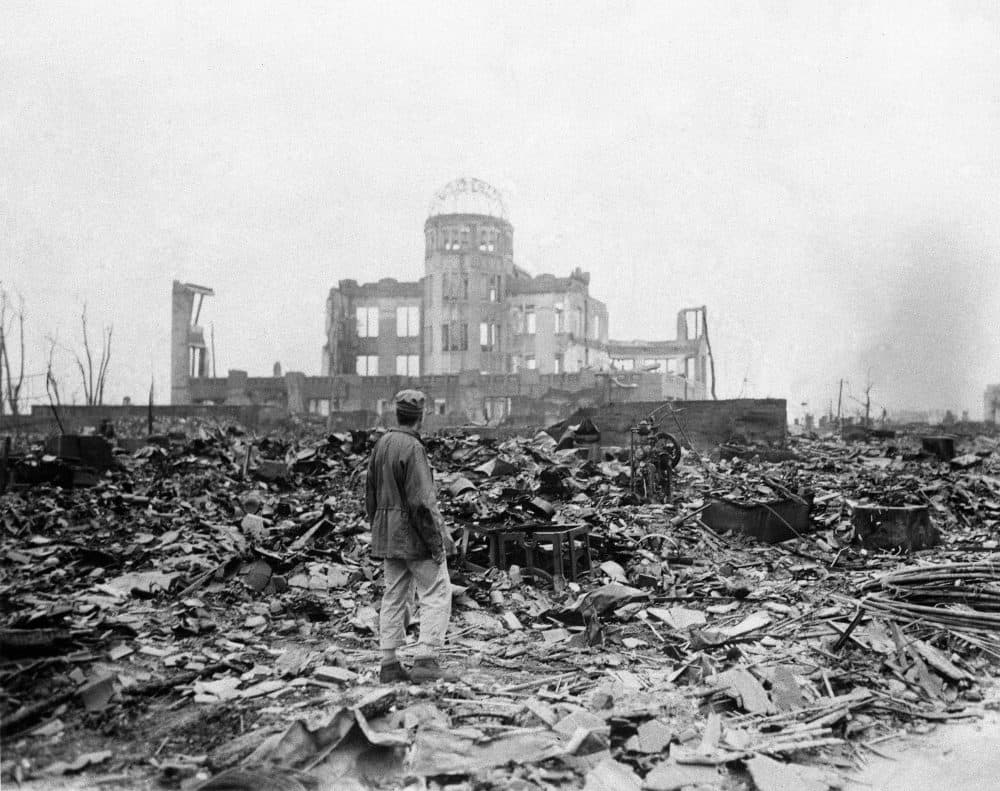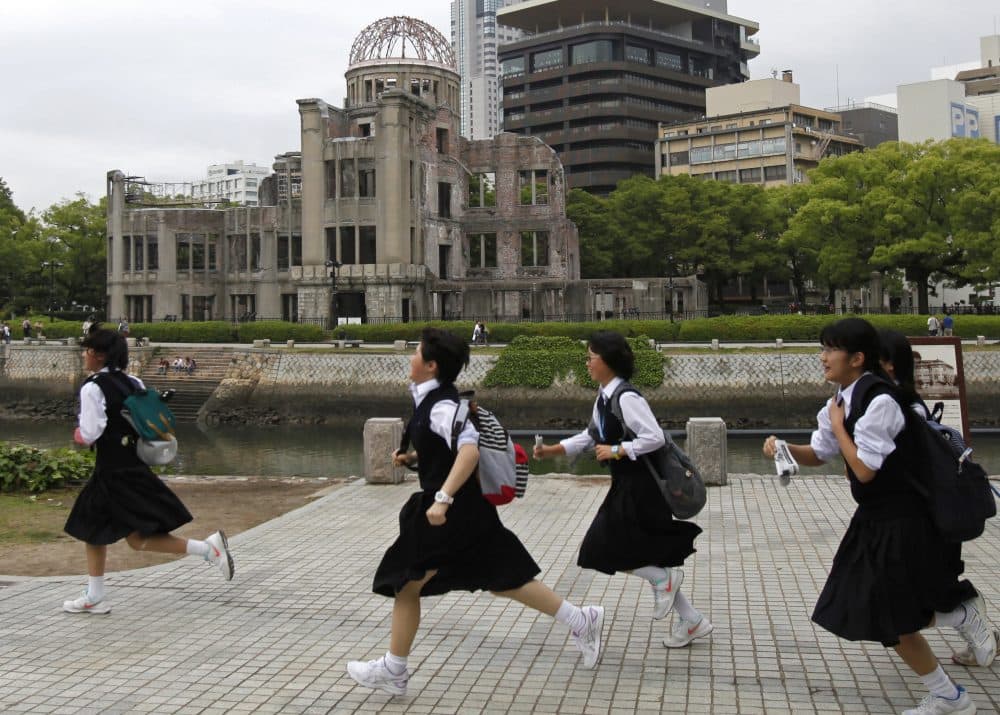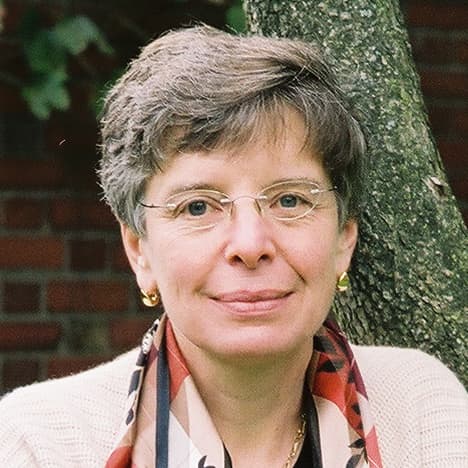Advertisement
Commentary
In Hiroshima, Echoes Of The Past And Future

Officially, I visited Hiroshima, Japan, this summer in order to give a talk at a conference. But really, as I realized only later, my reasons were much older, and more deeply embedded in my soul.
One night, when I was maybe 8 years old and we were living in a small college town in Oregon, my parents went out to the movies, leaving my older brother and me with a babysitter. Several faculty at the state college had formed a foreign film club, and that night’s offering was "Hiroshima Mon Amour," a movie set in the city in the days after the atomic bomb was dropped.
I have never seen the movie. But that night, the babysitter, eager to show her worldliness and knowledge of the atomic bomb drop, carefully described to us a scene from John Hersey’s “Hiroshima”: A man is helping a woman into a boat. He reaches his arm out to her, she takes it, and their joint effort causes her unintentionally to pull all the burnt skin off his arm and hand, so she is left holding it, and his flesh is bared.
The description incised itself into my 8-year-old mind.
Not surprisingly, when, on the recent afternoon in Hiroshima, my husband and I walked up to the ghostly Atomic Bomb Dome memorial — the only building left partly standing (by the direct pressure upon it) at Ground Zero when, on August 6, 1945, the Americans dropped the bomb — my eyes almost instantly filled with tears.

Nothing really prepares you for the feeling of standing where something terrible happened. The physically evoked reality surrounds you like a tornado. It lifts you, spins you and delivers you back across time so that the past becomes tangible and, in this case, the profound and grievous harm it signifies permeates you like the poisonous, black, radioactive rain that fell from the sky on the day of the explosion. (Rain that parched survivors naively tipped back their heads to swallow.)
I took my husband’s hand, and we steadied ourselves and prepared to make our way to the nearby Peace Museum — where we would later watch filmed interviews, read accounts in diaries, look at photos, and examine the small mundane items of everyday life — rice bowls, cups, a tricycle — that the bomb’s heat fused and melted into bizarre shapes.
But as we were leaving the Dome, a trio of young Japanese, two women and a man, one of whom spoke English, approached us and asked if they could interview us for their radio program. What, they wanted to know, did it feel like to be an American visiting Hiroshima at this particular moment in history — when Donald Trump is the president of the United States, and North Korea is testing nuclear weapons?
The question crystallized much that had been nascent within our tears: our horror that America dropped the bomb, much less without advanced warning or opportunity to surrender; our grief for the 135,000 casualties — including many children — killed or maimed by the fire and radiation; the insane international political flipping between enmity and alliance that feeds war; and, of course, our own fears living in the suddenly destabilized world we all now seem to inhabit.
What, they wanted to know, did it feel like to be an American visiting Hiroshima ... when Donald Trump is the president of the United States, and North Korea is testing nuclear weapons?
It also flashed into my mind that the young people asking the question had grown up surrounded by families and neighbors who’d lived through the original bombing. They and the cities of Hiroshima and Nagasaki, where the second bomb was dropped, carry a singular knowledge of radioactivity-induced death and medical debility from which most of the rest of us have so far been spared.
That recognition, together with their sincerity, our foreignness and our shared awareness — of nuclear proliferation, of the incompetent bravado of world leaders -- became too much. As we groped for words with which to answer, our voices choked. Tears started trickling down our interviewers’ cheeks. The conversation was halting. The one bilingual speaker had to translate first the Japanese questions, and then our American answers. But the words mattered much less than the moment of mutual recognition. In each other’s eyes we saw the reflection of the Atomic Dome. We contemplated the past suffering and the unspeakable possibility of future bombs. Then we said good-bye. As we shook hands, I was aware of touching both living people and lost ancestors — particularly the two from long ago who stood stunned beside a small boat.
